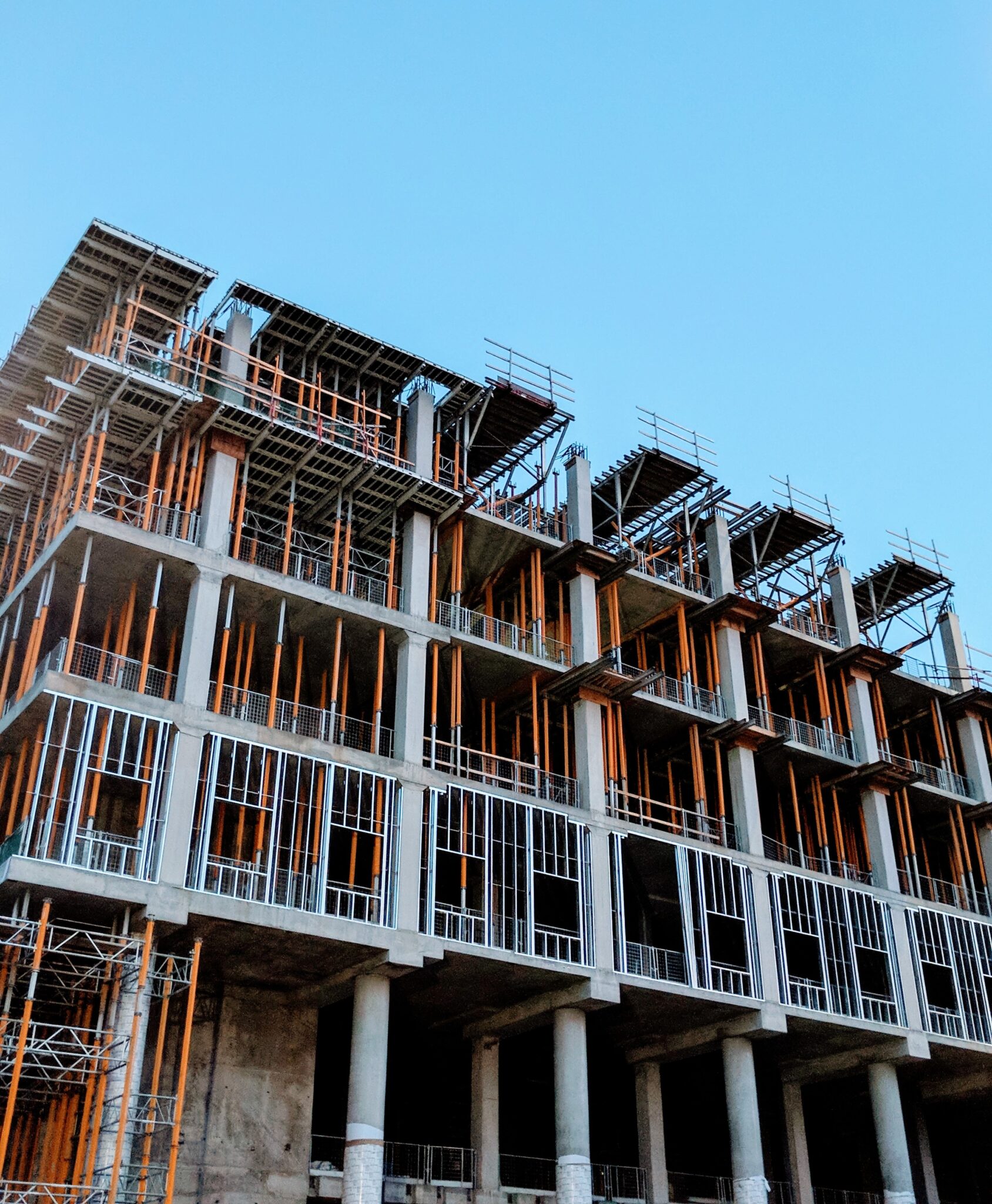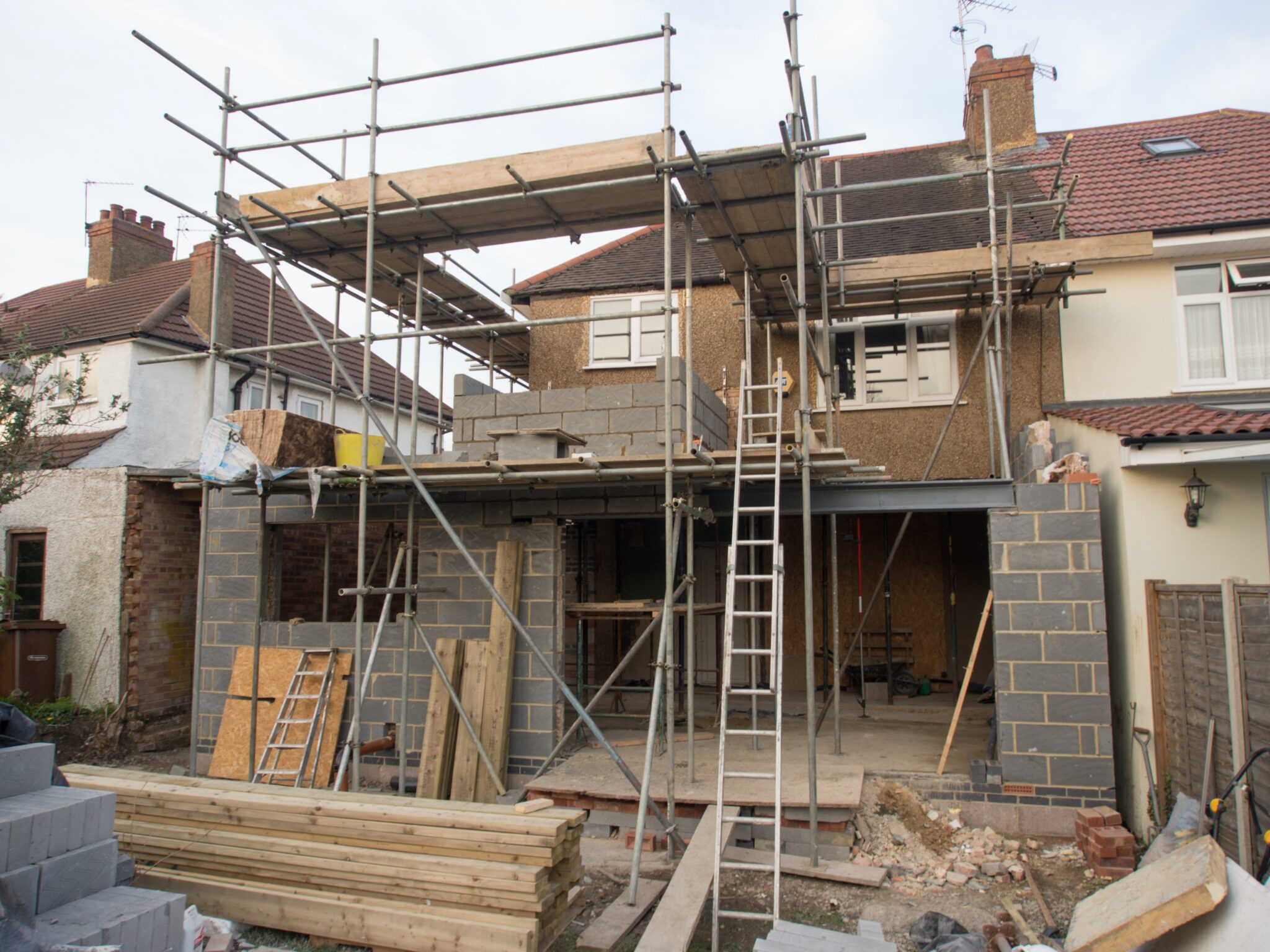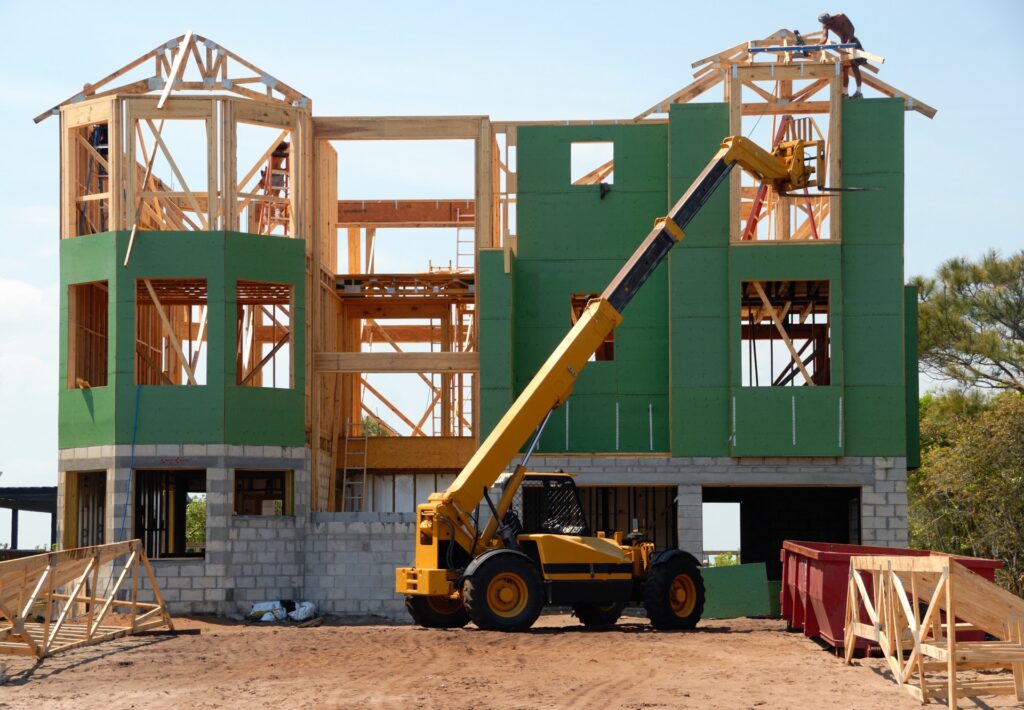
Shoring: Safeguarding Your Construction Sites and Structures
When you’re working on a construction site or completing an excavation project, you’ll be tasked with using different forms of shoring to ensure a structure doesn’t collapse. By implementing shoring on the worksite, you can adhere to local regulations and keep everyone safe.
While it should be easy for you to determine if shoring is necessary for the project you’re currently working on, it may be more difficult to identify which type of shoring you’ll use to safeguard your construction site. There are 12 separate shoring solutions at your disposal. In this guide, you’ll discover what these solutions are and when to use them.

What is Shoring?
Shoring is a commonly used practice that involves making short-term support structures that will stabilize unsafe or unstable structures throughout excavation or construction projects. For instance, shoring is effective when placed around walls that bulge out or walls that contain large cracks. You can use shoring to repair unstable walls, construct new walls, change existing walls, demolish structures, and repair broken or cracked walls.
Importance of Shoring in Construction
Shoring plays an important role in making sure that structural collapse doesn’t take place on excavation and construction sites. It also helps construction professionals adhere to the latest safety regulations while also making sure that the project doesn’t experience any delays and other workers remain safe. By using the right shoring techniques, you can effectively mitigate risks and maintain stability during the entire construction process.
Factors Considered in Choosing Shoring Types
While you’re searching for the best type of shoring to use on your construction site, there are several factors for you to consider. These factors include:
- Soil conditions – Different shoring methods should be used depending on the type of soil you have on your construction site. Make sure you select the shoring method that provides optimal support.
- Proximity to other structures – If there are any structures nearby, there are likely some restrictions on open excavation. In this scenario, you should consider alternative shoring techniques like raking shoring or secant pile shoring.
- Environmental factors – The type of shoring you select depends on whether conditions are wet or dry. You should also identify if there are any nearby water bodies. These environmental factors can impact how well stability is maintained and if you’re capable of keeping water infiltration at bay.

The 12 Types of Shoring Used in Construction
There are around 12 types of shoring that can be used in different scenarios, which include everything from contiguous pile shoring to sheet piles.
H and I-beam Shoring (Soldier Pile Walls)
This type of shoring is designed specifically to support excavation projects that go to a depth of around 50-200 inches. The soil you use determines if you should have prefabricated steel beams placed in the ground with a drill or have the steel placed into the beams without drilling beforehand. Building a shoring wall involves placing steel beams in the ground before installing concrete panels between them.
Secant Pile Shoring
Secant pile shoring occurs when you interlock primary and secondary walls in order to make a continuous wall. The sturdiest wall is considered the primary wall. This technique is most often used when open excavation isn’t possible due to nearby structures. Precautions must be taken to ensure that nearby standing structures aren’t damaged.
Contiguous Pile Shoring (Tangent Pile Shoring)
Contiguous pile shoring is most effective when used on construction sites that don’t have easy access to water or are unable to receive high water pressure. This type of shoring is made by placing tiles beside each other to form lengthy and tightly spaced rows. If you implement this shoring correctly, it will be easier for you to keep materials dry.
Sheet Piles
Sheet piles are made with vibratory hammers that are capable of driving steel sheets directly into the ground. These hammers use vertical vibrations to effectively cut through steel. By driving these sheets into the ground, the wall should remain upright. This type of shoring is ideal for retaining soil and preventing water seepage near bodies of water.
Diaphragm Walls
Construction crews often use diaphragm walls if other types of shoring don’t provide enough support for deeper excavations. These walls are built with reinforced concrete that should last longer than all other shoring types. However, it can be difficult to remove these walls once you’ve completed your excavation project.
Raking Shoring
Raking shoring involves placing timber beams (rakers) against the building or structure that’s being supported. These beams are then driven into the ground at an angle of around 60-70 degrees. You can enhance support with steel wall plates.
Hydraulic Shoring
Hydraulic shoring is a quick and easy shoring technique that uses hydraulic pistons. If you need to complete an excavation job on an accelerated timetable, hydraulic shoring is the way to go. The equipment that you’ll need to use is easy to manage and should help you provide support to a structure without much delay. The hydraulic pistons are pumped outward until they hit the walls they are tasked with supporting.
Soil Nail Shoring
Soil nail shoring uses reinforcement elements like nails or steel bars, which are installed to strengthen walls and slopes. Professionals will drill a hole directly in the soil before placing the nails or bars beside the unstable structure. This type of shoring provides stability as well as ample protection against natural threats.
Timber Shoring
Timber shoring can be applied to many different situations. For instance, this option is ideal when other shoring options aren’t viable or when you’re attempting to access smaller excavation areas. These shoring materials will support various structures that run along trenches horizontally. Once the the excavation crew has gained access to the smaller space, they can dig further into the trenches. There are several different timber materials that are capable of providing stability, which include:
- Walers – These are horizontal beams that attach to structures with bolts and are available in many different sizes.
- Trench jack – A trench jack is positioned on top of walers to properly connect them to the structure in question. By using a trench jack, you’ll be able to keep the structure and waler in place.
- Runners – Just like walers, runners are horizontal beams that provide support to a structure and are placed below it.
Dead Shoring
Dead shoring uses vertical beams and additional support materials to handle the weight of a damaged structure. The support materials usually involve steel plates. This form of shoring is often used if the structure has sustained a considerable amount of damage. If you install this form of shoring correctly, you’ll be able to strengthen the foundation and maintain stability.
Flying Shoring
Flying shoring supports parallel walls in order to prevent collapse. If two walls would otherwise collapse without support, flying shoring is used. This type of shoring uses a combination of struts, horizontal beams, staining pieces, and steel plates to create a scaffolding system that you can wedge between two walls.
Pneumatic Shoring
Pneumatic shoring uses air compressors to produce air pressure that keeps structures in an upright position. When you use this form of shoring, the air compressor will convert power into energy that’s capable of pressurizing the air. The high pressure that’s created from this process keeps the structures from falling.
Benefits and Applications of Shoring in Construction
There are numerous benefits of using shoring during construction, the primary of which include:
- Enhancing safety – Using a shoring system allows you to substantially reduce the risk associated with structural failure. You’ll be able to limit possible hazards on excavation sites while also protecting your workers.
- Accommodating complex projects – Shoring methods allow you to successfully execute challenging construction projects, which include everything from basement constructions and tunneling to deep excavations.
- Ensuring regulatory compliance – By complying with safety guidelines and regulations pertaining to shoring, you’ll be able to meet legal compliance and avoid harsh penalties.
- Minimizing property damage – Regardless of the shoring technique you use, you can provide temporary support to otherwise unstable structures, which helps prevent damage to infrastructure or adjacent buildings during construction or demolition activities.
- Enabling efficient repairs – Shoring techniques help you reinforce and repair damaged or cracked walls and foundations, which extends the lifespan of structures.

Factors to Consider When Selecting Shoring Methods
Before you select the shoring method that you’ll use during your next construction or excavation project, there are several factors to consider. For instance, make sure you identify the site’s characteristics. Soil conditions play a key role in determining which method is right for you. These conditions extend to water content, composition, and stability.
You should also think about the specific requirements that your project has. Your choice of shoring technique is influenced by the duration of your project, the proximity to existing structures, and the depth of excavation.
You should also evaluate the costs associated with each shoring method as well as the availability of the right materials and equipment that you need to effectively complete the project at hand. If you don’t create an in-depth plan on how to handle these factors ahead of time, you may be unable to source the materials you require by the project’s start date.
Importance of Professional Expertise in Shoring
Shoring is designed to provide support to structures that are likely to fall or collapse without this support. Because of how important shoring can be, it’s highly recommended that you obtain professional expertise throughout this process. Engaging experienced professionals, such as structural engineers and construction teams, ensures the proper assessment of site conditions as well as the selection of the most suitable shoring techniques.
Professionals have the necessary skills and knowledge to design and implement all types of shoring systems in a manner that complies with the latest safety standards and regulations. You should also request regular inspections and monitoring by professionals during the construction process to make sure that potential issues are identified immediately. These inspections will help you ensure the ongoing stability of the shoring structures you’re currently using.
Conclusion
Shoring is an essential practice throughout the construction industry. It provides temporary stability and support to structures during construction, excavation, and demolition activities. To safeguard your construction site during a project, make sure that you choose the shoring type that’s best for the structure you’re working on.

Jason Somers, President & Founder of Crest Real Estate
With over 15 years of professional experience in the Los Angeles luxury real estate market, Jason Somers has the background, judgement and track record to provide an unparalleled level of real estate services. His widespread knowledge helps clients identify and acquire income producing properties and value-ad development opportunities.
Learn more about Jason Somers or contact us.



